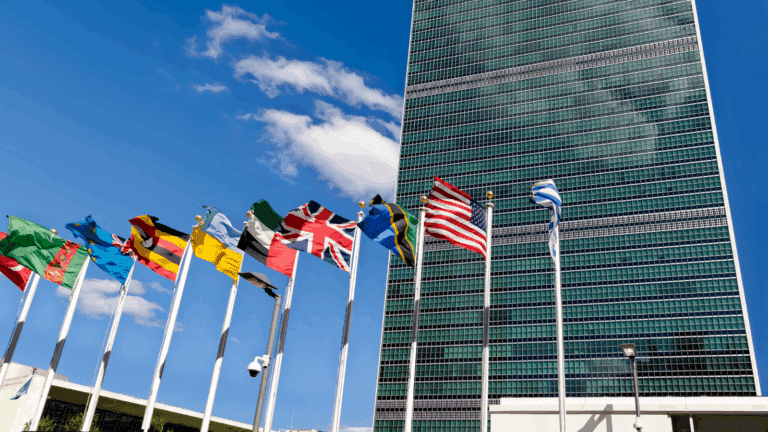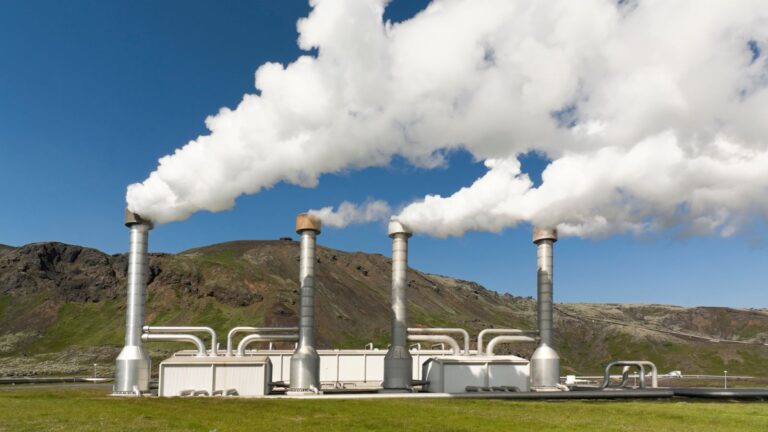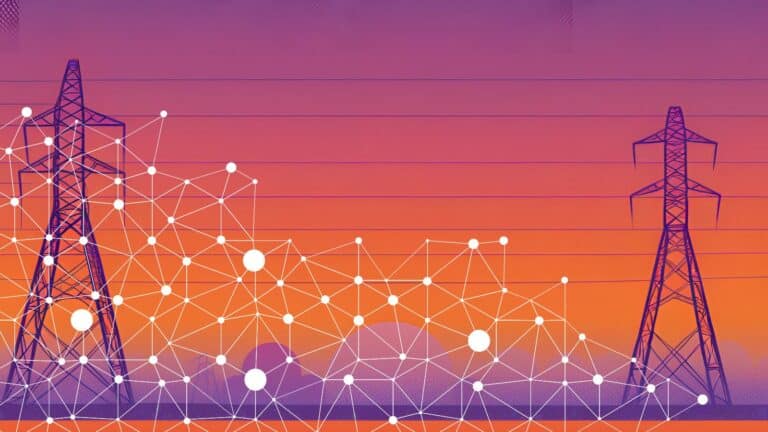This report represents the research and views of the author. It does not necessarily represent the views of the Center on Global Energy Policy. The piece may be subject to further revision. Contributions to SIPA for the benefit of CGEP are general use gifts, which gives the Center discretion in how it allocates these funds. More information is available at Our Partners. Rare cases of sponsored projects are clearly indicated. For a full list of financial supporters of the Center on Global Energy Policy at Columbia University SIPA, please visit our website at Our Partners. See below a list of members that are currently in CGEP’s Visionary Annual Circle.
-
CGEP’s Visionary Annual Circle
-
(This list is updated periodically)
Occidental Petroleum Corporation
Executive Summary
Pakistan is increasing its use of coal to generate electricity at a time when many other countries are reducing coal use in order to cut greenhouse gas emissions or pollution. China is helping Pakistan expand its coal-fired generation capacity through the financing and construction of coal power plants as part of the China-Pakistan Economic Corridor (CPEC). CPEC is a component of Chinese president Xi Jinping’s Belt and Road Initiative (BRI), which aims to forge greater global connectivity in part through infrastructure development. Nearly 75 percent of the generation capacity of CPEC power plants is coal-fired. Pakistan’s National Electric Power Regulatory Authority (NEPRA) expects that CPEC coal power plants will be largely responsible for the projected increase in the country’s coal-fired generation capacity from 3 percent as of June 30, 2017 (fewer than six months after the first CPEC coal plant began commercial operation), to 20 percent in 2025.
As part of its series on the Belt and Road Initiative, Columbia University’s Center on Global Energy Policy initiated research into the CPEC power sector projects, which account for the majority of the cost of CPEC projects. This paper examines two of the key concerns critics have about the BRI: environmental sustainability and debt sustainability. Concerns about environmental sustainability center on the ways in which an expansion of the amount of electricity generated globally by fossil fuels, especially coal, will increase greenhouse gas emissions, making it more difficult if not impossible to meet the emissions targets in the Paris Agreement. Concerns about debt sustainability focus on whether China’s lending in support of infrastructure projects will lead to problematic increases in debt, with some analysts maintaining that Beijing is intentionally seeking to push countries into debt distress in an attempt to gain control over strategic assets or decision-making in borrowing countries.
The main findings of this study are threefold.
- First, the heavy focus on coal in the new generation capacity added by the CPEC power projects stems from both “pull” factors from Pakistan and “push” factors from China:
- The CPEC coal power projects reflect Pakistan’s long-standing goal of diversifying its generation mix away from fuel oil toward domestic coal in an attempt to decrease generation costs and conserve foreign exchange. They also reflect the perception of the administration of former prime minister Nawaz Sharif, whose pledge to end power outages helped his party win the 2013 election, that coal was the best option to bring on a large amount of new capacity in the short term. Although Pakistan has vast renewable energy potential, solar and wind power were considered too expensive and difficult to integrate into electric grids.
- Meanwhile, Chinese companies had several reasons to sell coal power plants to Pakistan, including exporting rather than warehousing excess power generation equipment, financial incentives provided by Beijing and Islamabad, and the ability to execute projects fast enough to help Sharif eradicate the blackouts hurting Pakistan’s economy before he stood for reelection in 2018.
- Second, there is a mismatch between the dominance of coal in the CPEC power generation mix and Beijing’s recent emphasis on green development as an important feature of the BRI. This gap between Beijing’s rhetoric and the reality on the ground can be explained in large part by Pakistan’s preference for building coal-fired generation capacity. Ultimately, it is up to the host country to decide the composition of its electricity mix. The Chinese government has a long-standing reluctance to interfere in decisions of this type. Moreover, China regards some of the CPEC coal power plants as environmentally friendly because they use relatively modern technologies and are expected to emit fewer greenhouse gas emissions than the fuel oil plants Pakistan is replacing.
- Third, there is a risk that the CPEC power projects will add to Pakistan’s sovereign debt burden, but multiple factors indicate that any increase in sovereign debt from these projects is unlikely to be the result of a deliberate strategy on the part of China. Although the debt financing arrangements for CPEC power sector projects primarily involve loans from Chinese banks to project companies wholly or partly owned by Chinese firms, these projects may increase Pakistan’s debt because of sovereign guarantees issued by Islamabad to support CPEC power projects and the liquidity crisis in Pakistan’s power sector known as circular debt. That said, several aspects of the China-Pakistan relationship and the large stake that China’s government and companies have in the success of CPEC indicate that Chinese interests are better served by sustainable CPEC projects than unsustainable ones.





